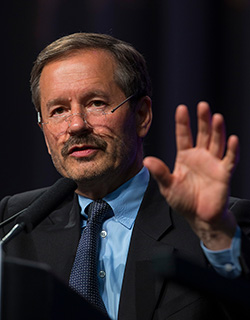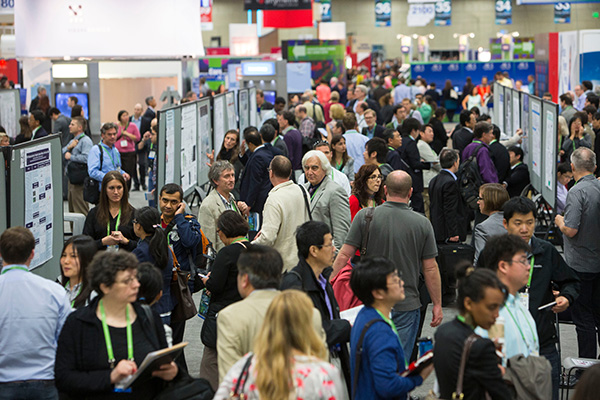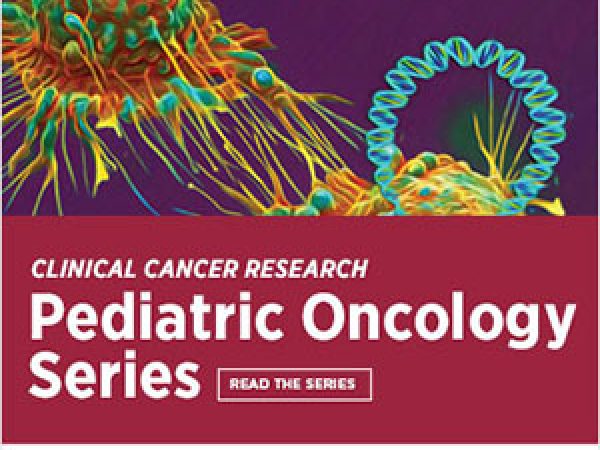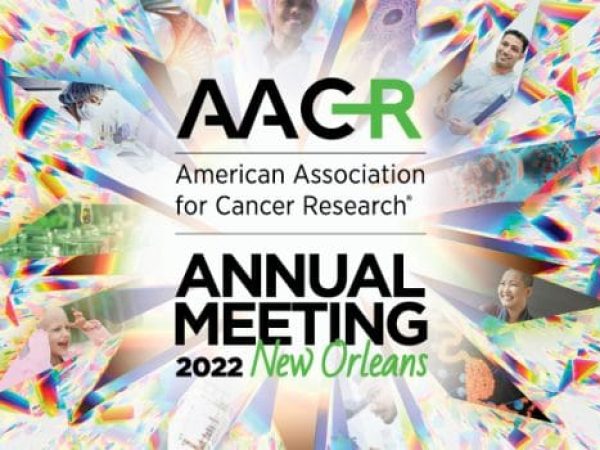Behind the Scenes: Building a Robust Scientific Program at the AACR Annual Meeting
This is the second post in our Behind the Scenes series. Over the next few weeks, we’ll provide an inside look at the planning and development of the AACR’s Annual Meeting, a must-attend event for cancer researchers.
In our first post of this Behind the Scenes series, you read about the years of planning that go into the logistics of the AACR Annual Meeting – the “when,” “where,” and “how” of the event. Likewise, developing the scientific program for the Annual Meeting – the “who” and “what” – begins well in advance and requires a great deal of coordination and collaboration before it comes together for attendees.
I spoke with Jeff Ruben, senior director of program development at the AACR, for a closer look at this process. Ruben and his staff of 15 people handle programming for the AACR’s more than 25 scientific workshops, meetings, and conferences. With over 18,500 attendees, the Annual Meeting is far and away the AACR’s biggest gathering – so much so that four people in the Program Development Department work on nothing but the Annual Meeting.

Lewis C. Cantley, PhD, director of the Sandra and Edward Meyer Cancer Center at Weill Cornell Medical College, is the program committee chairperson for this year’s Annual Meeting.
“Each Annual Meeting begins when the chairperson is named by the incoming president,” says Ruben. “He or she then appoints a program committee of about 30 scientists who cover all the different scientific areas of cancer research. This group meets about a year out – sometimes even at the previous year’s Annual Meeting – to discuss what topics should be on the program and who should chair the major sessions.”
Ruben and his staff then get to work on inviting session chairs, who in turn invite the speakers.
“Typically, 700 to 800 speakers are invited to the Annual Meeting each year,” he says. “Our team does all the corresponding with them and keeps track of their acceptances and abstracts. That’s a huge project in and of itself.”
In addition, Ruben’s team helps to coordinate joint sessions, such as this year’s symposium with the Chinese Society of Clinical Oncology; sessions organized by AACR working groups, including the New Drugs on the Horizon sessions planned by the AACR’s Chemistry in Cancer Research Working Group; regulatory and government sessions, like those sponsored by the NCI; and many more.
On top of this, the Program Development Department works closely with the Annual Meeting program committee to organize the approximately 6,000 abstracts the AACR receives into poster sessions and minisymposia. This year, there are 203 poster sessions and 33 minisymposia. The Program Development Department also works with the educational committee, which is separate from the program committee, to plan the educational sessions and methods workshops on the Saturday before the official start of the meeting.

There are 203 poster sessions scheduled for the AACR Annual Meeting 2015 in Philadelphia, April 18-22.
Ruben, who has been with the AACR for almost 27 years, has seen a lot of change at the Annual Meeting. “The first Annual Meeting I attended was in 1989,” he says. “We had about 5,000 attendees. At the time, that was by far the biggest meeting we’d ever had. Now we have 18,000 or more attendees, and there’s so much more going on.”
A larger Annual Meeting means that there are more perspectives and more types of research being presented. “We’ve grown a lot in the areas of translational and clinical research,” says Ruben. “We used to be considered a basic science society – not that we ever were just solely that, but most of the clinical trials went to more clinical meetings. That’s changing. We had over 100 clinical trials submitted last year and have a number of promising trials featured in plenary sessions and minisymposia this year as well.”
Planning an event of this magnitude is an enormous amount of work that touches every corner of the AACR. Like the Meetings and Exhibits Department, the Program Development Department works closely with other departments in the organization – including Marketing, Meetings and Exhibits, Science Policy and Government Affairs, and Scientific Review and Grants Administration – throughout the planning process. By January of the meeting year, it’s all hands on deck.
That hard work will pay off when thousands of researchers, physician scientists, and advocates arrive in Philadelphia for this year’s meeting, April 18-22. “People really look forward to this meeting as a way to get the word out about their work and meet other researchers,” says Ruben.



